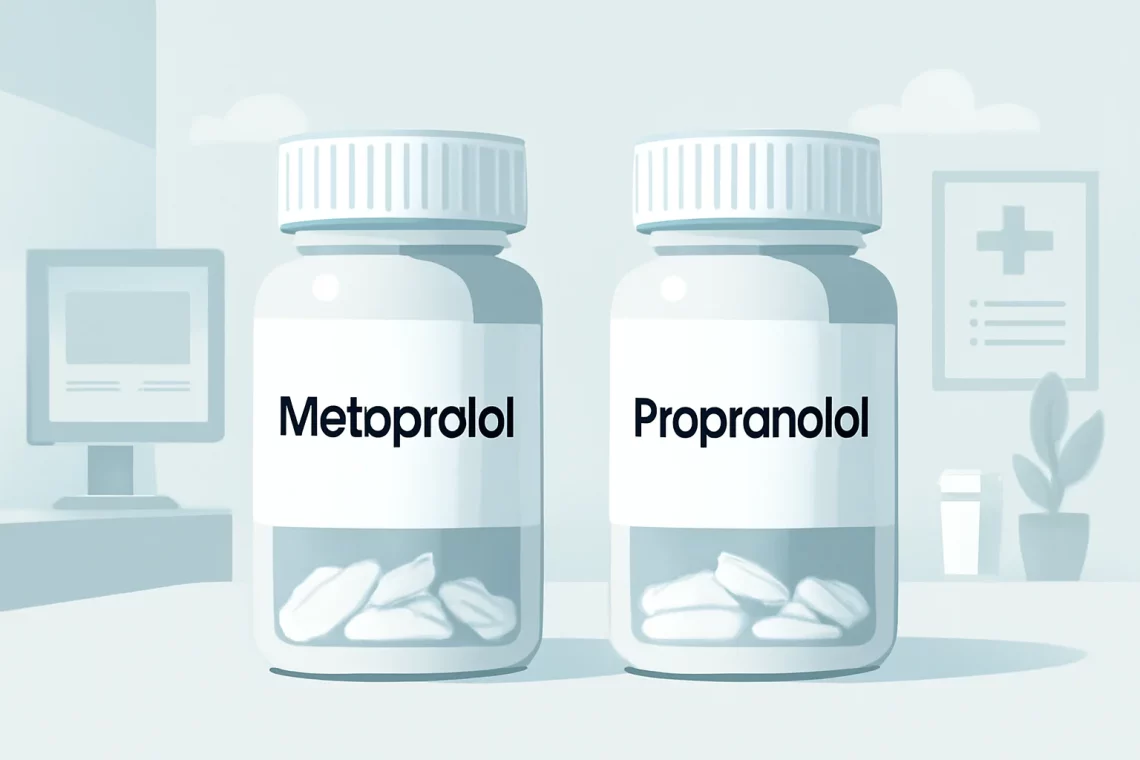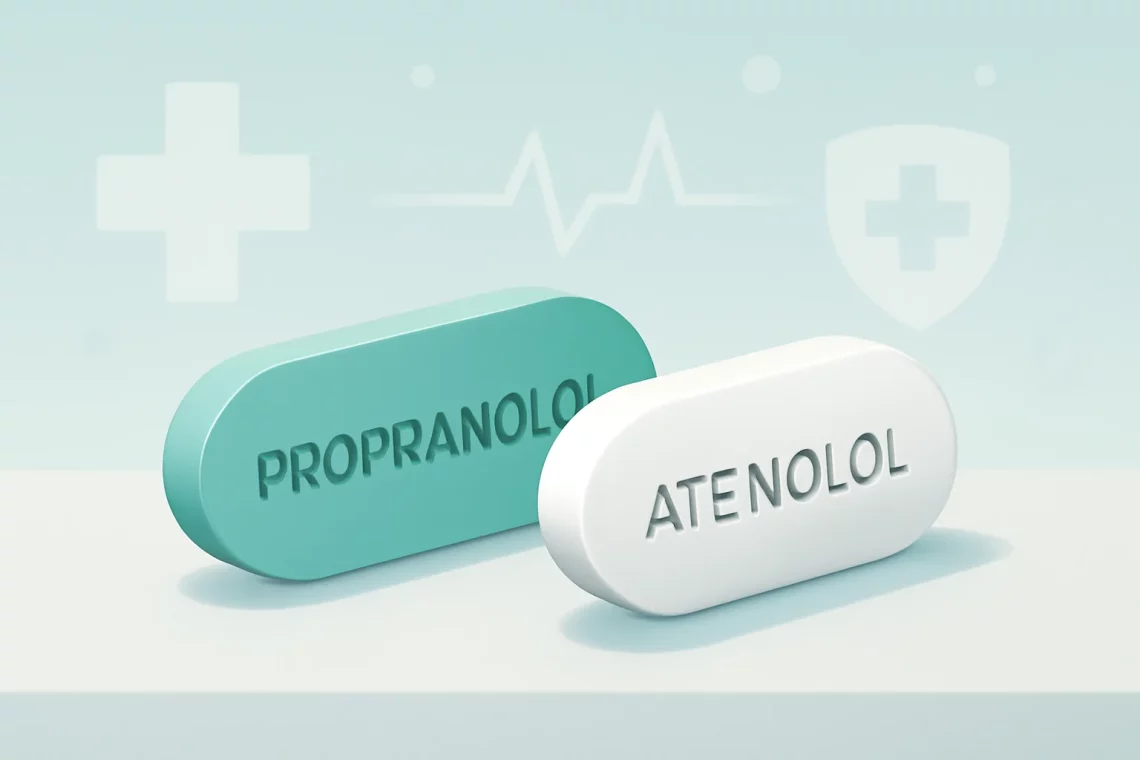-
Cyclobenzaprine vs Valium: Understanding Their Differences and Uses
Cyclobenzaprine and Valium are two medications that are often discussed in the context of managing muscle spasms and anxiety. As individuals seek effective solutions for various health issues, understanding the differences, uses, and potential side effects of these medications becomes essential. Both drugs have unique mechanisms of action and are prescribed for different conditions, yet they can sometimes be confused due to their similar effects on the body. In this landscape of pharmaceuticals, it is crucial for patients and healthcare providers alike to make informed decisions regarding treatment options. Knowledge of how these medications interact with the body, their indications, and contraindications can significantly influence patient outcomes. As we delve…
-
Clonazepam vs Klonopin: Understanding Their Differences and Uses
Clonazepam and Klonopin are often mentioned interchangeably in discussions related to anxiety and seizure disorders. However, despite their similarities, they possess unique characteristics that can significantly influence their use in medical practice. Clonazepam is the active ingredient in Klonopin, a well-known brand name for this medication. As a benzodiazepine, Clonazepam functions by enhancing the effects of a neurotransmitter in the brain called gamma-aminobutyric acid (GABA). This action leads to its sedative, anxiolytic, and anticonvulsant effects. The complexity of benzodiazepines, including Clonazepam and its branded counterpart, extends beyond their pharmacological profiles. Understanding their uses, potential side effects, and the nuances in their application can empower patients and caregivers to make informed…
-
Clonazepam vs Librium: Key Differences and Uses Explained
Clonazepam and Librium are two medications that are commonly used to treat anxiety and other related disorders. Both belong to the class of drugs known as benzodiazepines, which work by affecting the central nervous system to produce a calming effect. Due to their similar classifications, many individuals often find themselves comparing these two medications when seeking relief from anxiety, panic disorders, or other conditions that require sedative effects. Understanding the nuances between Clonazepam and Librium can aid in making informed decisions about treatment options. Factors such as potency, duration of action, side effects, and the specific conditions each medication is prescribed for play a critical role in differentiating these drugs.…
-
Metoprolol vs Propranolol: Key Differences and Uses Explained
Metoprolol and propranolol are two widely prescribed medications belonging to the class of drugs known as beta-blockers. These medications are primarily used to manage various cardiovascular conditions, such as hypertension, angina, and arrhythmias. However, their mechanisms of action, therapeutic applications, and side effect profiles differ significantly, making them suitable for different patient needs. Understanding these differences is crucial for both healthcare professionals and patients, as it can influence treatment efficacy and safety. Beta-blockers work by blocking the effects of adrenaline on beta-adrenergic receptors, leading to a decrease in heart rate and blood pressure. This class of drugs is beneficial not only for heart-related issues but also for other conditions such…
-
Propranolol vs Atenolol Which Beta Blocker is Right for You
Propranolol and atenolol are both medications belonging to a class known as beta-blockers. These drugs are commonly prescribed for various cardiovascular conditions, including hypertension, angina, and arrhythmias. Beyond their primary uses, beta-blockers have gained attention for their effectiveness in managing anxiety and migraine prophylaxis. As they work by blocking the effects of adrenaline on the beta-adrenergic receptors, they can significantly reduce heart rate and lower blood pressure, leading to improved overall cardiovascular health. Despite their similarities, propranolol and atenolol differ in their specific mechanisms of action, side effects, and therapeutic applications. Understanding these differences can help patients and healthcare providers make informed decisions about which medication is best suited for…
-
Understanding the Effects of Lexapro and Xanax on Mental Health
Mental health has emerged as a crucial topic in contemporary society, with millions of individuals grappling with various psychological challenges. Among the myriad of treatment options available, medications such as Lexapro and Xanax have gained significant attention. These pharmaceuticals are often prescribed to alleviate symptoms of anxiety, depression, and other mental health disorders. However, understanding their effects and the implications of their use is essential for anyone considering these treatments or currently using them. As mental health issues become increasingly recognized, the discussions surrounding effective treatment methods have intensified. Medications like Lexapro, an antidepressant belonging to the selective serotonin reuptake inhibitor (SSRI) class, and Xanax, a benzodiazepine used primarily for…
-
Trazodone vs Xanax: Understanding Their Differences and Uses
Trazodone and Xanax are two medications often prescribed for mental health conditions, yet they serve distinct purposes and operate through different mechanisms in the body. Understanding the nuances between these two drugs is crucial for patients and healthcare providers alike. Trazodone is primarily used as an antidepressant, while Xanax is well-known for its anxiolytic properties, targeting anxiety and panic disorders. The complexities of mental health treatments can be overwhelming, especially when navigating various medications and their potential side effects. Each medication has its unique profile, which influences how it interacts with the body and addresses specific symptoms. Additionally, as mental health awareness increases, so does the need for patients to…



























